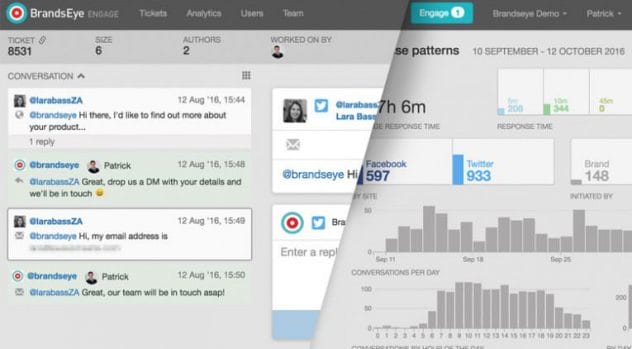In 2010 Sean Ellis coined the term Growth Hacking identifying in the figure of the Growth Hacker the responsibility of guiding the company towards a single North: growth. Everything must be designed and programmed to meet specific requirements aimed at scalable growth.
What is Growth Hacking Marketing concretely? The answer is soon given: the Growth Hacking marketing it is a methodology used to test different solutions given by rapid experiments. You have to get a high return on investment (ROI) and very rapid growth by guessing the right combination.
Make sure the service/product has a market
It seems banal, but very often we proceed to put products or services on the market simply because we start from an “in my opinion it could be…”. These are personal evaluations completely disconnected from the real world, which promptly sink when they begin to navigate the sea of the market.
The product must be desired by the marketit is not enough simply for it to be a good product, Coca Cola’s experience teaches us.
In 1985 Coca Cola, after carrying out taste tests, found a new recipe. This one gets the approval of those who have tasted it, it is liked more than the classic recipe and that of Pepsi. He decided to launch it on the market as New Coke, but the result was a colossal failure. Consumers were attached to classic Coca Cola and decided not to abandon it.
No budget marketing will be able to make you sell a product that the market doesn’t want.
Define your business goals
The objectives of Growth Hacking are growth and the profits that growth generates, this can only happen if precise objectives are followed through the technique SMART
Specific – Measurable – Achievable – Realistic – TimeBased
This is the acronym on which the Growth Hacking strategy is based. This objective changes depending on the context in which we find ourselves, the purposes that these objectives lead us to achieve change. If we are one Start-upswe will try to reach the break-even point as soon as possible or have a significant user base. If, however, we are in a business context we would probably need to relaunch a product that has lost its initial impetus or have to go and intercept new users.
Analyze the market and your competitors’ data
Google was preceded by Yahoo, Facebook by MySpace, Outlook by Lotus Domino.
Your product is unlikely to be unique, most likely there is someone who has already done it before you. Analyze these examples and start from there, find out what went well and what went badly. You will always be able to find interesting data to start from, data that you will need to avoid repeating the same mistakes, but above all data that will allow you to save time and money.
Observe what your competitors are doing and evaluate their strategies.
Identify your strengths within the market segment
People are willing to pay for a product or service that solves their problems, their needs or satisfies their desires. This is why your goal is to highlight the characteristics and factors that make your value proposition unique. Only if the strategy of Growth Hacking Marketing reflects these factors you can move on to the next step.

Use the right monitoring tools
To understand if your Growth Hacking strategy is bearing fruit you must equip yourself with the necessary tools to monitor and measure your results. There are several Growth Hacking techniques.
There are many tools that monitor traffic peaks or sales increases of our product. However, it becomes complicated to find the right tools that map user behaviors.
In some cases it could be ours Landing page to have not been correctly set and programmed. In this case it becomes essential to have a tool that analyzes the heatmap of the cursor of our site visitors. This will allow us to understand how the mouse moves within our conversion page.
Define who your target audience is
Very often, when asked “what is your reference target?”, one makes the mistake of answering “everyone”.
In reality this is a very dangerous answer, because in this way you will waste your energy and your budget on multiple fronts.
Selling to everyone doesn’t always mean getting more budget on sales.
I’ll give you a practical example to clarify. In addition to the iPhone, Apple also sells computers, it is not the player that sells the most computers in the market, it is not the one that has the highest market share. HP and Dell, for example, have a larger market share, yet a single Mac sold provides Apple with seven times the profit that HP and Dell make on the sale of a single PC.
This is because Apple has managed to define its own ideal target market.
Draw conclusions and repeat successes
Now that we have finished our Growth Hacking experiment we must draw our conclusions by returning to the starting hypotheses.
A key part of the process Growth Hacking Marketing is to ask yourself questions and, possibly, give yourself answers.
- Was what I did correct?
- Have I achieved the expected results?
- If I didn’t reach my goal, what went wrong?
- Did I have to do intermediate steps? Which?
- Can I also choose different paths and arrive at the same result, if not better?
The questions you can ask yourself are almost endless.
In Conclusion
The Growth Hacking process involves experiments, attempts and techniques that must be applied to specific situations. Even if you have not achieved the expected results, don’t be demoralized, analyze what went well and what went wrong in your strategy, fix the technique and start attacking the market again.
Every experience brings new knowledge, use it to your advantage, this is my lesson from Growth Hacking.

